You know you need software to help up your digital marketing game, but with thousands of apps out there promising to take your marketing strategy to the next level, how do you know which ones are right for you?
Here’s a comprehensive list of over 40 of the best digital marketing tools across various categories, along with their strengths and weaknesses, to help you build your digital marketing toolkit.
Keep scrolling to learn more about the top digital marketing tools, or click on a category to jump ahead.
The best digital marketing tools
How we evaluate and test apps
Our best apps roundups are written by humans who’ve spent much of their careers using, testing, and writing about software. Unless explicitly stated, we spend dozens of hours researching and testing apps, using each app as it’s intended to be used and evaluating it against the criteria we set for the category. We’re never paid for placement in our articles from any app or for links to any site—we value the trust readers put in us to offer authentic evaluations of the categories and apps we review. For more details on our process, read the full rundown of how we select apps to feature on the Zapier blog.
What are digital marketing tools?
Digital marketing tools are apps that help you attract, engage, sell, and retain business online. You’ve likely heard the term thrown around a lot, and that’s because it can include apps in any category related to marketing—from social media to advertising to content optimization. You get the idea. It’s a broad-reaching term.
Whether you’re starting your first business or you’re looking to scale an existing one, you likely need a collection of digital marketing tools—a digital marketing tech stack—to help you succeed.
How to find the best tool for digital marketing
There’s no “best” digital marketing tool. Nor is there a one-size-fits-all starter pack. The best tool for digital marketing depends on various factors like budget, team size, and experience level.
So instead of purporting to have the list to rule them all, my goal here is to help you find the best tools for your unique needs. I’ll suggest apps across various categories you’re likely considering—and maybe some you didn’t even know you needed. And if the suggested apps don’t check all the boxes for you, you’ll also find useful links to the best apps for each of the categories, so you can explore other promising options.
How do we know these apps deserve to be on this list? The Zapier team and I have spent thousands of combined hours testing countless digital marketing platforms for our best apps lists, and these are the ones that came out on top.
The best digital marketing tools at a glance
|
Category
|
Standout feature
|
Pricing
|
|
Unsplash
|
Website and social media graphics
|
Robust library of high-quality images
|
Free
|
|
Canva
|
Website and social media graphics
|
Intuitive editor with built-in AI features
|
Free plan available; from $10/month
|
|
DALL·E 3
|
Website and social media graphics
|
Easy-to-use AI image generator
|
$20/month (included with ChatGPT Plus)
|
|
Adobe Photoshop
|
Photo and image editing
|
Powerful photo editing and design
|
From $19.99/month
|
|
Pixlr E and X
|
Photo and image editing
|
Easy-to-use AI photo editor
|
Free plan available; from $1.99/month
|
|
Buffer
|
Social media management
|
Straightforward social media scheduling
|
Free plan available; from $5/month/channel
|
|
FeedHive
|
Social media management
|
AI-powered content recycling and conditional posting
|
From $19/month
|
|
Gamma
|
Presentations
|
Generative AI features for presentations
|
Free plan available; from $8/user/month
|
|
Beautiful.ai
|
Presentations
|
AI-powered automatic design modifications
|
From $12/month
|
|
Zoom
|
Webinars
|
Familiar user experience
|
From $79/month
|
|
Livestorm
|
Webinars
|
Lots of customization and rich features
|
Free plan available; from $79/month
|
|
Peech
|
AI video creation
|
AI-powered video generation and customization
|
Free plan available; from $54/seat/month
|
|
Wistia
|
Video hosting
|
Marketing-rich features, lead generation tools
|
Free plan available; from $19/month
|
|
YouTube
|
Video hosting
|
Existing viewership
|
Free for uploading and hosting videos
|
|
Wix
|
Website builder
|
AI-powered website creation
|
Free plan available; from $17/month
|
|
Shopify
|
Website builder
|
Quick setup, extensibility
|
Free for 3 days; from $29/month (plus transaction fees)
|
|
Square
|
Website builder
|
Easy to sell in person and online
|
Free plan available (plus transaction fees); from $29/month
|
|
Carrd
|
Landing page builder
|
Free plan with core features
|
Free plan available; from $19/year
|
|
Unbounce
|
Landing page builder
|
A/B testing and targeting tools
|
From $59/month
|
|
Zapier Interfaces
|
Landing page builder
|
Quick landing page creation and automation
|
Free; from $20/month
|
|
Ahrefs
|
Keyword research
|
Free keyword research tools
|
Free plan available; from $83/month
|
|
ChatGPT
|
AI chatbot
|
Industry standard
|
Free for GPT-3.5 Turbo; from $20/month
|
|
Gemini
|
AI chatbot
|
Real-time responses based on current events
|
Free
|
|
Manychat
|
Chatbot builder
|
Drag-and-drop editor and audience segmentation
|
Free plan available; from $15/month
|
|
Zapier
|
Chatbot builder paired with automation
|
Combining AI and automation
|
Free plan available; from $20/month
|
|
Google Forms
|
Forms and surveys
|
Simple, powerful, and free
|
Free
|
|
Typeform
|
Forms and surveys
|
Conversational forms, advanced customization, and embeddable chatbots
|
Free plan available; from $25/month
|
|
Jasper
|
AI-powered content writing
|
Brand voices and integration with SEO and performance ranking tools
|
From $39/month
|
|
Writesonic
|
AI-powered content writing
|
GPT-4 content generation
|
From $16/month
|
|
Grammarly
|
AI-powered content editing
|
Custom style guide and plagiarism checker
|
Free plan available; from $12/month
|
|
Benchmark Email
|
Email marketing
|
Intuitive editor, landing page builder, and robust analytics
|
Free plan available; from $13/month
|
|
Mailchimp
|
Email marketing
|
Approachable, all-in-one marketing tools
|
Free plan available; from $13/month
|
|
ActiveCampaign
|
Email marketing
|
Advanced drip campaign automations
|
From $29/month
|
|
SimpleTexting
|
SMS marketing
|
Built-in apps and integrations for surveys, competitions, and automation
|
From $39/month; $0.055 for additional credits
|
|
Sakari
|
SMS marketing
|
Affordable for outbound text messages
|
From $16/month; $0.032 for additional SMS messages
|
|
Zoho CRM Plus
|
CRM and lead management
|
All-in-one solution
|
From $57/month/user
|
|
HubSpot
|
CRM and lead management
|
Visual customer journey builder and extensive integrations
|
Free plan available; from $15/month
|
|
Brevo
|
Marketing automation
|
Automation for email, SMS, chat, and WhatsApp
|
Free plan available; from $22/month
|
|
Klaviyo
|
Marketing automation
|
User-friendly drag-and-drop interface
|
Free plan available; from $30/month
|
The best digital marketing tools to create website and social media graphics
Eye-catching visuals can make or break your company’s digital presence and branding. The good news is you don’t have to hire a designer or break the bank to get these scroll-stopping graphics. Here are the best tools to help you create high-quality visuals that will capture your target audience.
Unsplash for free stock photos
With over three million photos to choose from, Unsplash offers the most robust library of high-quality images across a wide range of categories, including Business & Work, Travel, and People. Unlike other free stock photo sites, Unsplash also allows you to curate photos you come across into personal collections—like “Festive” and “Mental health”—to use in future campaigns or projects.
Unsplash also comes with an iOS app, so you can find and download images on the go. And its API is integrated into tools like Figma, WordPress, and Squarespace, which makes it easy to find stock photos without leaving your favorite platforms.
Unsplash pricing: Free
Canva for template-based designs
Let’s say you need to add simple text overlays to stock photos. Or perhaps you want to edit your own photos to be shared across different social media platforms. With its intuitive drag-and-drop editor, Canva makes this easy to do—even if you have zero background in design.
Canva also offers pre-made design templates for every asset you could possibly need, including Instagram Reels, YouTube thumbnails, and presentations. This way, you don’t have to reinvent the wheel with every design. And for an even faster workflow, take advantage of Canva AI—their AI-powered tools allow you to do things like generate and edit images using only text prompts.
Canva pricing: Free for limited access to most of the features you need, including design templates, stock photos, and AI-powered design tools; $10/month (billed annually) for Canva Pro, which offers unlimited access to more design templates, stock photos, and AI tools.
DALL·E 3 for an easy-to-use AI image generator
DALL·E 3—the latest version of OpenAI’s AI image generator—has a lot going for it. But what makes it stand out is that it’s ridiculously simple to use, especially now that it’s integrated with ChatGPT. Enter your prompt (what you want DALL·E to create), click Generate, and within a few seconds, you’ll have two AI-generated images to choose from. You can use DALL·E to create app mockups, ideate physical products, generate custom art pieces—the list goes on. You can even make light edits using natural language prompts.
And if you connect DALL·E to Zapier, you can automate your AI image generation to create images straight from the other apps you use most. Learn more about how to automate art inspiration with DALL·E and Zapier, or get started with one of these workflows.
DALL·E pricing: DALL·E 3 is included as part of ChatGPT Plus at $20/month and available for free through Microsoft Copilot
Read more: How to automate AI image generation
The best digital marketing tools for editing photos
While AI image generators are fun to play with, more often than not, what you really need is an app to make your photos shine. Here are the best digital marketing tools for manually editing photos or with an assist from AI.
Adobe Photoshop for a powerful photo editing and design app
When it comes to image-editing tools, Adobe Photoshop is the industry standard for a reason: it’s the most powerful full-featured image-editing and design app around—and that extends to its AI features.
Photoshop includes the advanced tools professional designers need, like layers, masking, blending modes, and RAW support. In terms of what photo editing tasks Photoshop can’t do…that’s still to be seen. To take the app’s capabilities even further, you can integrate it with a wealth of third-party plug-ins and extensions. The only downside? There’s a steep learning curve.
You can also use Adobe Photoshop in tandem with Lightroom—another Adobe image editor that’s geared more toward managing and processing photos. Lightroom also integrates with Zapier, so you can automate your photo editing workflows. Here are a few ideas to get you started.
Adobe Photoshop pricing: From $19.99/month for the Photography Plan, which includes Adobe Photoshop Lightroom.
Pixlr E and X for an easy-to-use AI editor
To clarify, Pixlr E and Pixlr X are two different apps: Pixlr E is the “advanced editor,” while Pixlr X is the beginner-friendly option. But honestly, both apps are easy to use.
Pixlr E (pictured above) is a convincing replica of the industry leader, Photoshop. From tool selection to layers and even features like blending modes and opacity settings, every Pixlr E feature works just like you’d expect it to in Photoshop. Pixlr X is the equivalent of Adobe Express—it’s a great alternative for power users and graphic newbies alike to perform quick and easy edits.
Both Pixlr E and X are featured here because of how they save you time when used together. For example, since Pixlr saves projects in a combined library, you can pop a photo into Pixlr X for a quick retouch, then switch back to Pixlr E for more advanced editing.
Pixlr pricing: Free for limited AI use and 3 image saves per day; from $1.99/month for Plus, with 80 monthly AI credits, unlimited saves, and no ads.
The best digital marketing tools for social media management
Social media is one of the most powerful tools you can use to find new clients, drive traffic to your website, and engage with customers. But doing all of this is next to impossible using regular consumer apps. To do it effectively, you need a social media management app. Here are the best social media management tools that allow you to automate, analyze, and manage your social media presence all in one place.
Buffer for tailoring posts to each channel
When you have to be on multiple channels and want to tailor your posts to all of them, Buffer is the tool for the job.
When you create a new post, the AI Assistant detects which social media channel you’re writing for and adapts the output accordingly. After it generates the first option, you can cycle through more, ask to rewrite, or use the expand/shorten options as needed.
The AI assistant is impressive, but the rest of the supporting cast is also strong. You can run multichannel campaigns—they work like email marketing drip campaigns—so you can reach the perfect balance between recurring and fresh content.
And now that you’re turning each idea into 10 tailor-made posts, you’ll want to connect Buffer to Zapier, so you can move data and trigger automations while you sleep. Learn how to automate Buffer with Zapier, or get started with one of these pre-made workflows.
Buffer pricing: Free plan includes 3 channels, 10 scheduled posts per channel, and 100 ideas; $5/month/channel (billed annually) for the Essentials plan, which includes 2,000 scheduled posts, engagement tools, detailed analytics, and storage for 2,000 ideas.
FeedHive for content recycling and conditional posting
It’s not a crime to repurpose content. Quite the opposite. As your follower count grows, your new audience deserves to get the full picture of what you stand for, and your long-time fans could use a refresher.
FeedHive is a great tool for this. It uses AI to take posts you already published and reuse them in a new post for the same or different channel. It also leverages AI to help you fine-tune your posts for maximum engagement.
You can also create post categories in FeedHive, allowing you to build a system out of your content schedule. For example, if you post how-tos on Monday, inspirational content on Wednesday, and a short-form video on Friday, you can lock in these categories on a weekly calendar. After that, you can create posts and assign them to these categories. They’ll be queued and will go out at the right time, in the right slot.
FeedHive pricing: Creator plan starts at $19/month for 4 social accounts with AI Writing Assistant included. AI hashtag suggestions and AI performance prediction available only on higher paid plans.
Read more: How to create social media posts with AI for free
The best digital marketing tools for making presentations
Creating polished presentations is a tedious and time-consuming task—and that’s after you’ve outlined your slides. If you’re delivering a basic presentation, the classics like Microsoft PowerPoint and Google Slides will do the trick. But if you want to quickly create professional-looking slideshows that actually keep your audiences engaged, here are the best apps for making presentations.
Gamma for generative AI features
With Gamma, you can leverage the power of AI to generate a fully fleshed-out deck in a matter of seconds. All you need to do is give the app a topic—or upload an outline, notes, or any other document—pick a presentation theme, and watch as your slides come to life.
The results will likely need some fine-tuning—Gamma’s much more geared toward the iterative chatbot experience (à la ChatGPT)—but it still provides a useful jumping-off point. Gamma also offers a couple of practical features that help you keep your audience focused on the topic at hand:
-
Content blocks: group your content into collapsible blocks directly on your slide, expanding them only when you’re ready to present.
-
Spotlight: highlight one talking point at a time, while Gamma automatically fades out the rest.
Gamma pricing: Free Starter plan includes unlimited users, 400 AI deck credits, and basic analytics; $8/user/month (billed annually) for the Plus plan that includes unlimited AI credits up to 15 cards and no “Made with Gamma” badge.
If you need help making your data and ideas look as good as they should, then Beautiful.ai is for you. As the name suggests, Beautiful.ai uses AI to automatically modify your presentations—from layouts to alignment to granular spacing issues. Need to edit your slides further? The platform is a little different from most presentation software, but it’s still intuitive to use. For example, to resize an image, simply drag a handle to make it bigger or smaller.
And if you use Google Drive, you can connect it with Beautiful.ai to quickly save all your presentations in your go-to cloud storage app, making it more convenient for sharing and team collaboration.
Beautiful.ai pricing: $12/month (billed annually) for the Pro plan that includes unlimited slides, AI content generation, and PowerPoint import/export; $40/user/month for the Team plan that includes extra collaboration and workspace features, like a shared asset library, and custom brand controls.
The best digital marketing tools for webinar hosting
Webinars are a great way to increase your brand awareness, move leads through the sales funnel, and amplify your brand’s authority. But there’s more to hosting a webinar than simply creating compelling content—you also need to invite and manage attendees, interact with your audience, and actually run the webinar. This is where webinar software comes in. Here are the best webinar hosting platforms to help you streamline and automate all the logistics related to running a successful webinar.
Zoom for a familiar user experience
Chances are you’re already familiar with Zoom for video conferencing. But the same features that make it great for connecting with your teammates also make it ideal for hosting webinars, especially if you’re presenting a lot of videos or featuring multiple panelists.
Since Zoom is such a popular tool, it’s safe to assume that everyone already has it installed on their computer and configured to work. This means that joining your webinar is as simple as clicking a link.
Once your webinar’s live, Zoom offers additional features to create a dynamic webinar, including side-by-side views and engagement-boosting tools like Q&A, polling, and reactions. You can even connect Zoom with Facebook and YouTube, so you can extend your reach, or connect Zoom to Zapier to automate your webinar workflows. Learn more about how to automate Zoom, or get started with one of these premade templates.
Zoom Webinars pricing: Starts at $79/month (or $690/year), which includes up to 500 attendees and limited event analytics and reporting.
Livestorm for managing multiple webinars
If you host webinars on a regular basis, you need an app that automatically tracks your event schedule, so you don’t have to. Enter: Livestorm. In addition to webinar schedule management and an easy-to-use interface, Livestorm comes fully loaded with all the features you need to host a webinar and keep your audience coming back for more:
-
Customizable registration forms that you can send via email, share via link, or embed right on your website.
-
Pre-built, automated email flows for every event, which you can edit or send as is.
-
Custom calls to action that can be pushed live any time during the event.
Livestorm also offers in-depth event analytics, so you can fine-tune your webinar based on what’s working for your audience—and what’s not.
You can also connect Livestorm with the other apps in your stack via Zapier. With the Livestorm and Zapier integration, you can automate new registrant notifications and changes to your CRM data.
Livestorm pricing: Free plan includes up to 20-minute sessions and 30 live attendees per event; Pro plan starts at $79/month (billed annually), which includes up to 4 hours per session, 100 live attendees per event, and HubSpot integration.
Read more: Automate your webinar marketing
The best digital marketing tools for video creation and hosting
As social media platforms increasingly favor videos over still images, successful businesses need to jump on the video train if they want to get in front of their customers. While adding another medium (and all its related efforts) sounds daunting, AI video generators and video hosting platforms can help you streamline the process. Here are the best tools for the job.
Peech for an intuitive workflow
When it comes to content, it’s no longer enough to CO;TD (create once, tailor distribution). Peech speeds up the work of tweaking one asset to fit every channel’s technical specs and target audience.
For example, you can highlight specific lines of a webinar transcript, and Peech’s built-in AI tools (available only on paid plans) will automatically transform them into videos with subtitles and sized to platform-specific ratios, ready to be published.
Peech pricing: Free plan includes 2 downloads and 3 video uploads per month with a Peech watermark; Creator plan for $89/seat/month (billed annually) gets you 10 uploads and downloads per month with a Peech watermark and a limited set of AI features.
Read more: How to automate your video post-production tasks
Wistia for marketing-rich features
If your primary objective for sharing videos is to generate leads and optimize your ROI, Wistia is the app for you. With Wistia, you can gate your content and use the app’s Turnstile email collector to prompt viewers to enter their email address, so they can access your video. Once a viewer enters their information, they’re automatically added to your email list using Wistia’s email integrations, including email marketing software like Campaign Monitor and Mailchimp.
If you don’t want to gate your content, Wistia offers other powerful video marketing features, including annotation links, end-of-video CTAs, and detailed video stats. And you can connect Wistia to Zapier to automate your video hosting workflows. Here are a few premade templates to get you started.
Wistia pricing: Free plan includes ten 15-minute videos with Wistia branding, basic video analytics, and Zoom and social media integrations; $19/month (billed annually) for the Plus plan that includes 20 30-minute videos with no Wistia branding, basic CTAs, and email integrations.
YouTube for free video hosting and its existing viewership
If you want to increase your reach, YouTube is your best bet. Thanks to the platform’s popularity and built-in audience of over 120 million active daily users already interested in video content, all you need to do is optimize your videos for search—or encourage fans to “smash that Like and Subscribe button”—and you may be able to build a native audience.
Of course, you still have the option to add the videos to your website with a simple embed code—but note that every YouTube video embedded on an external website looks like a YouTube video.
When you connect YouTube with Zapier, you can automatically handle the manual tasks that otherwise make channel-building a chore. Learn more about how to automate YouTube, or get started with one of these workflows.
YouTube pricing: Free for uploading and hosting videos.
The best digital marketing tools for building websites
If you want to increase your brand’s visibility, you need a website. While building a website these days isn’t particularly difficult, it’s still time-consuming. That’s where website builders come in. Here’s the best free website builder you can use to build your website.
Wix for an all-around site builder
If you need to build a website to do things like sell products, take bookings, or run a blog, Wix is a solid choice. And since you can access a lot of the necessary features on a free plan, it’s a budget-friendly option.
You can create a website from scratch, choose from over 800 design templates, or use Wix’s Artificial Design Intelligence (ADI) to create a site, complete with AI-generated writing and visuals. These powerful AI features are also why Wix tops our list for the best AI website builders. From there, customizing your site is intuitive with Wix’s drag-and-drop editor. Wix also offers detailed SEO features to help you rank on search. While it won’t replace hiring an SEO expert, it’s a good leg up.
As an added bonus, Wix integrates with Zapier, which means you can automatically send form submissions wherever you need them. Learn more about how to automate Wix, or use one of these pre-made templates to get you started.
Wix pricing: Free plan includes .wixsite.com domain, and basic features; $17/month (billed annually) for the Light plan, which includes no Wix branding, a custom domain, and a light marketing

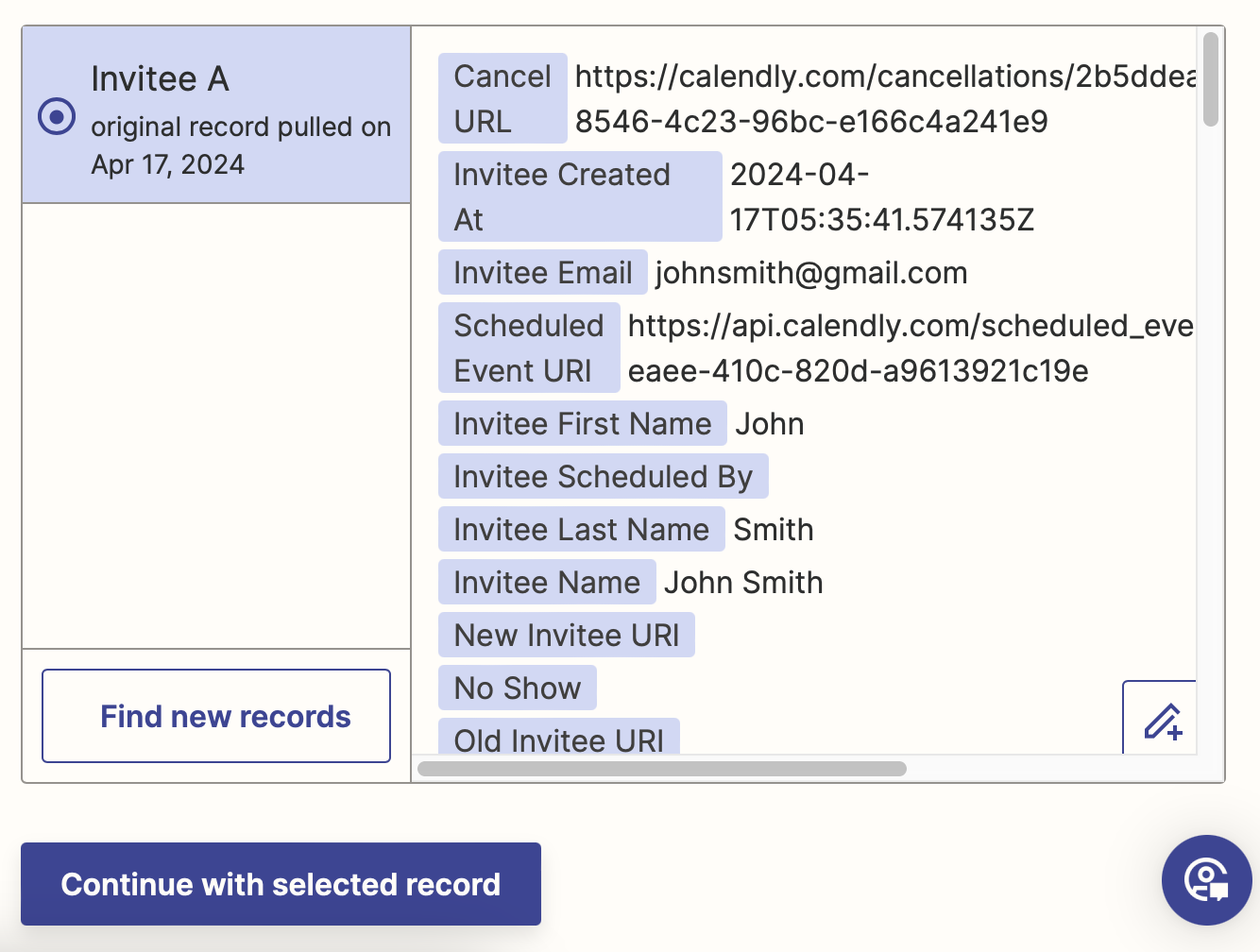

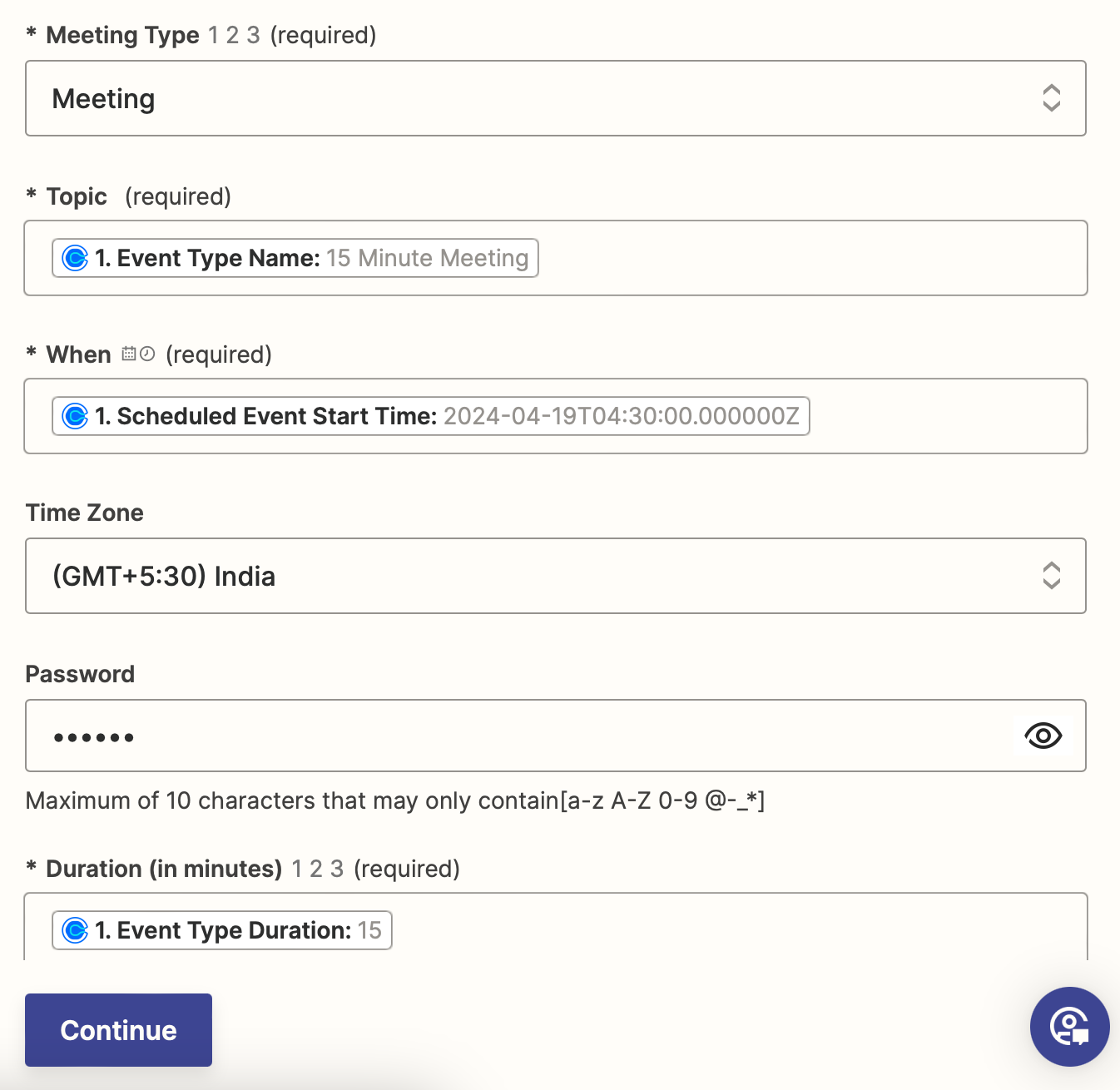
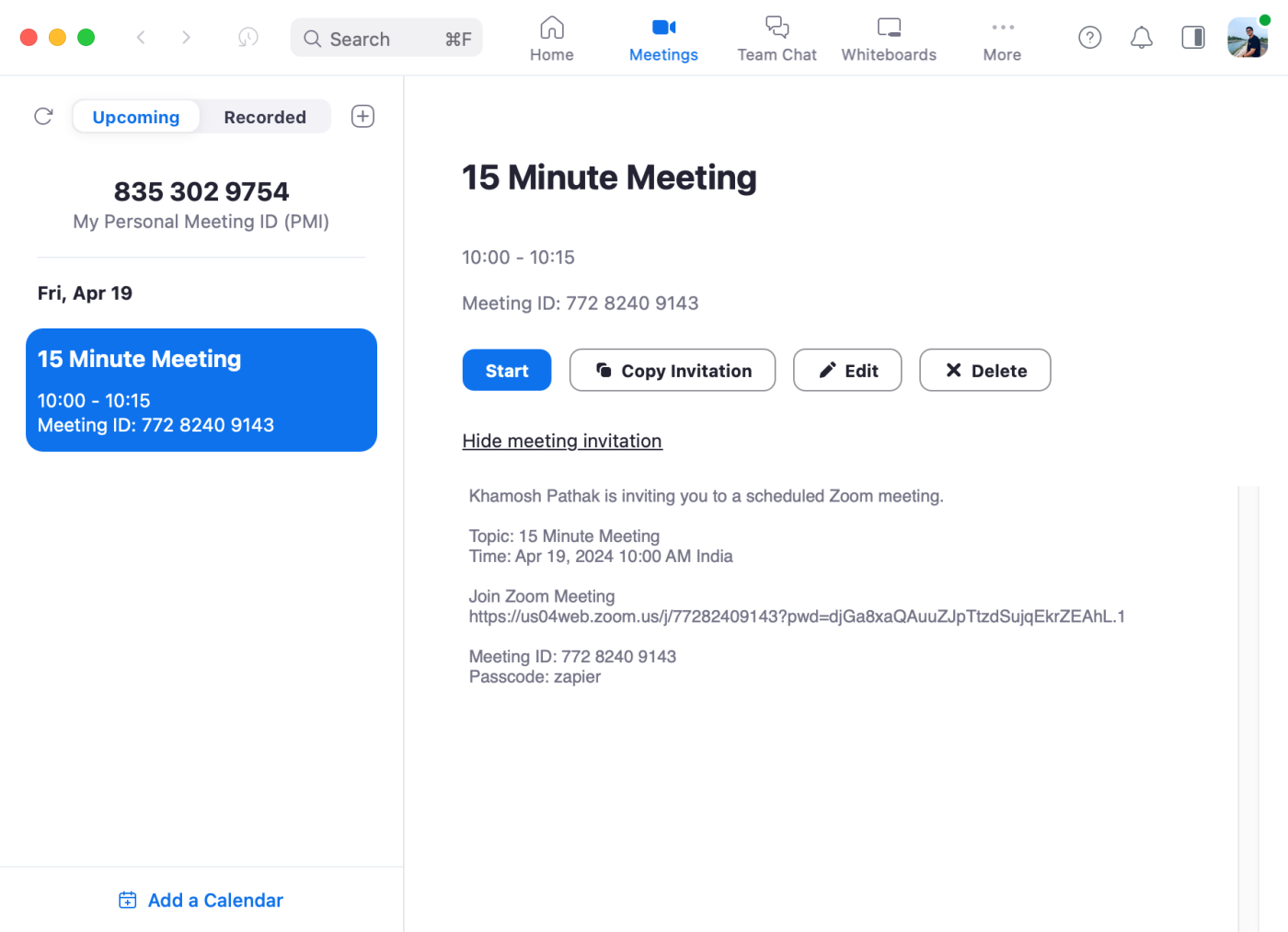

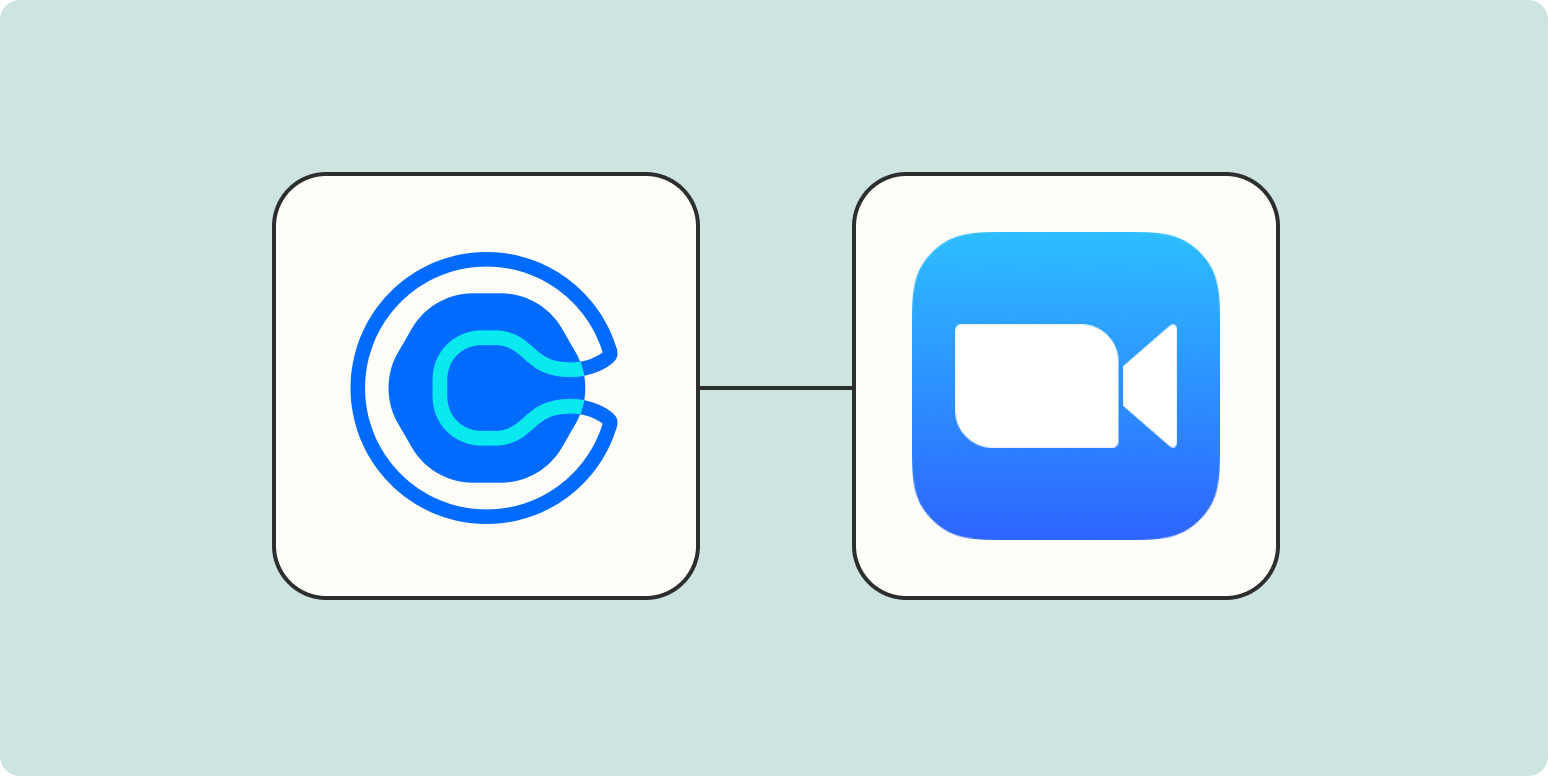









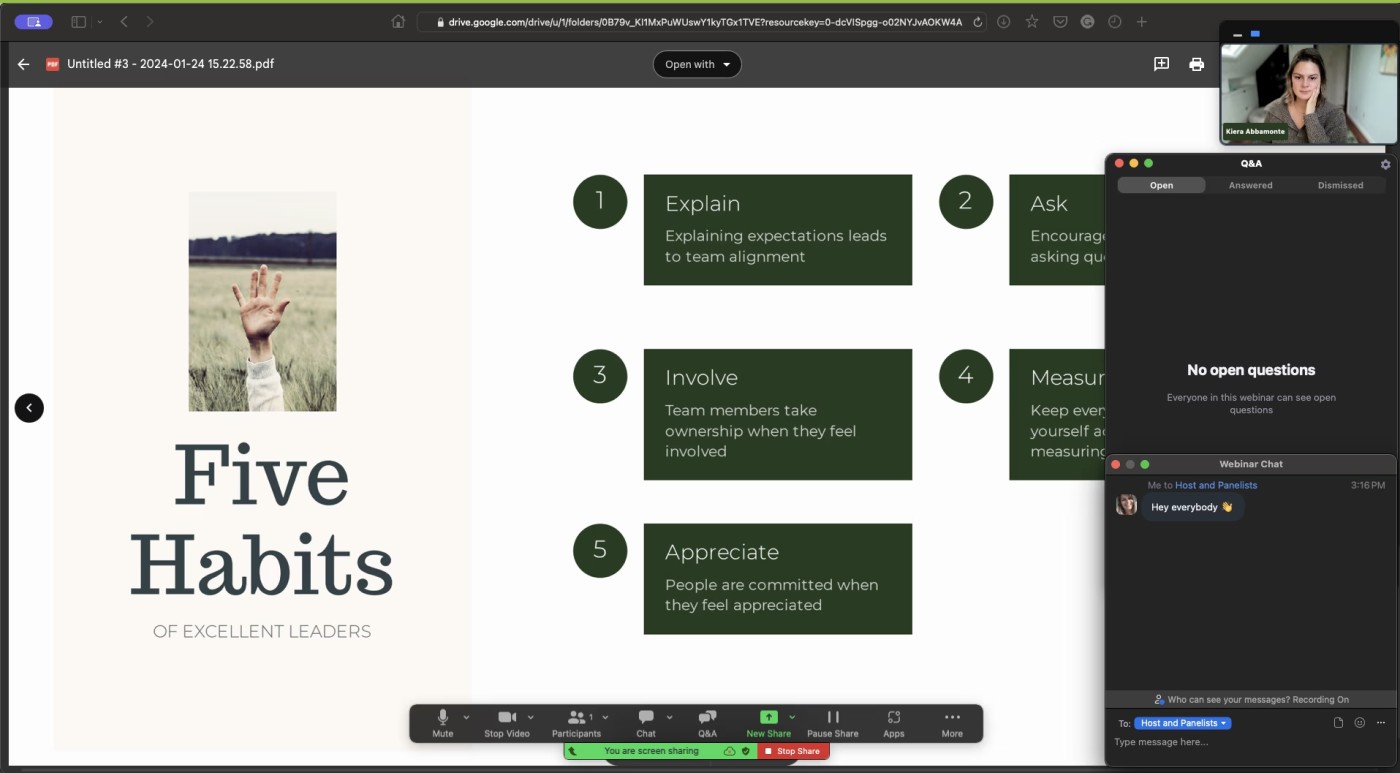
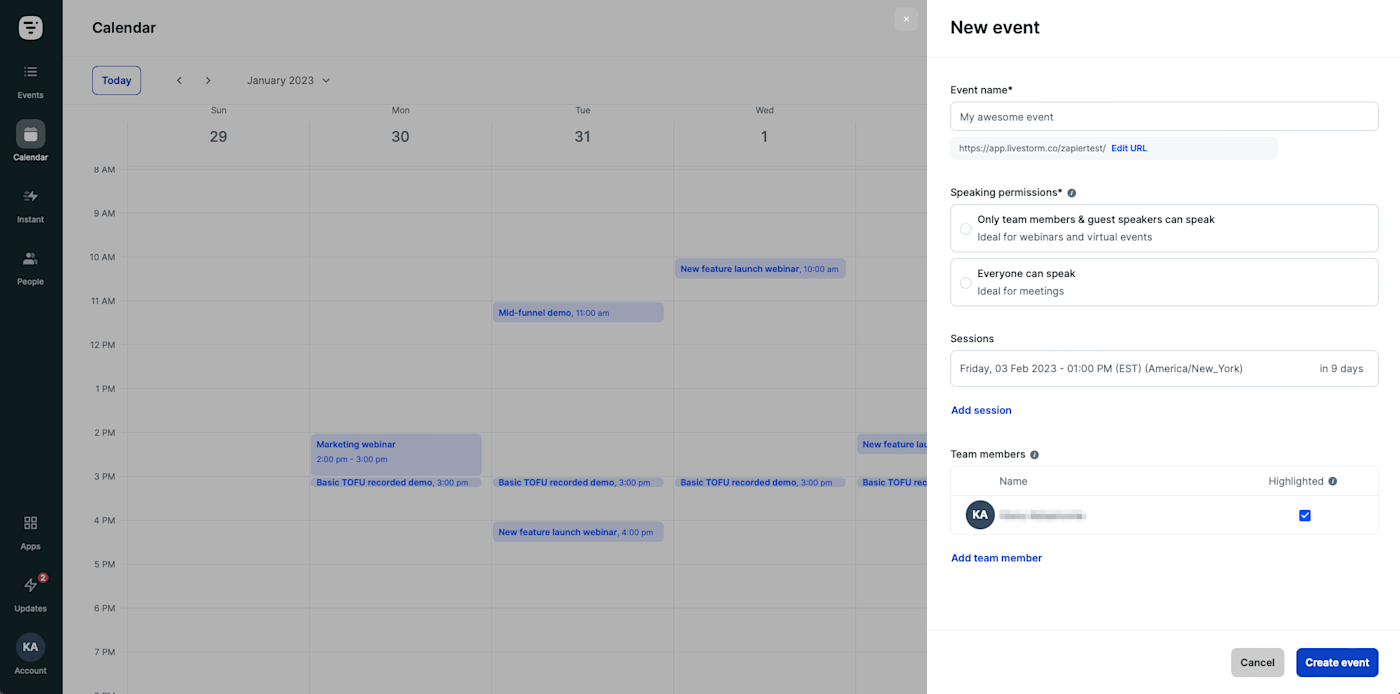


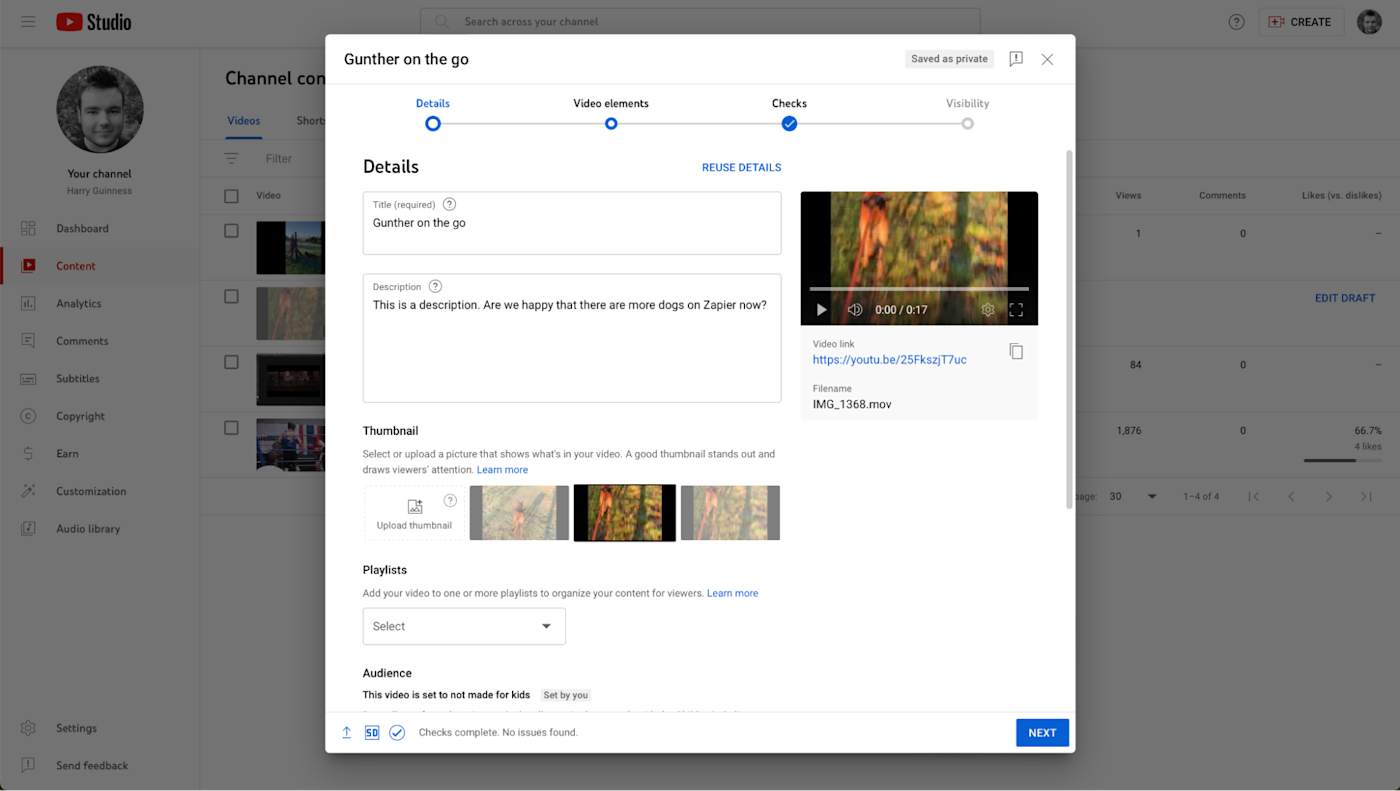
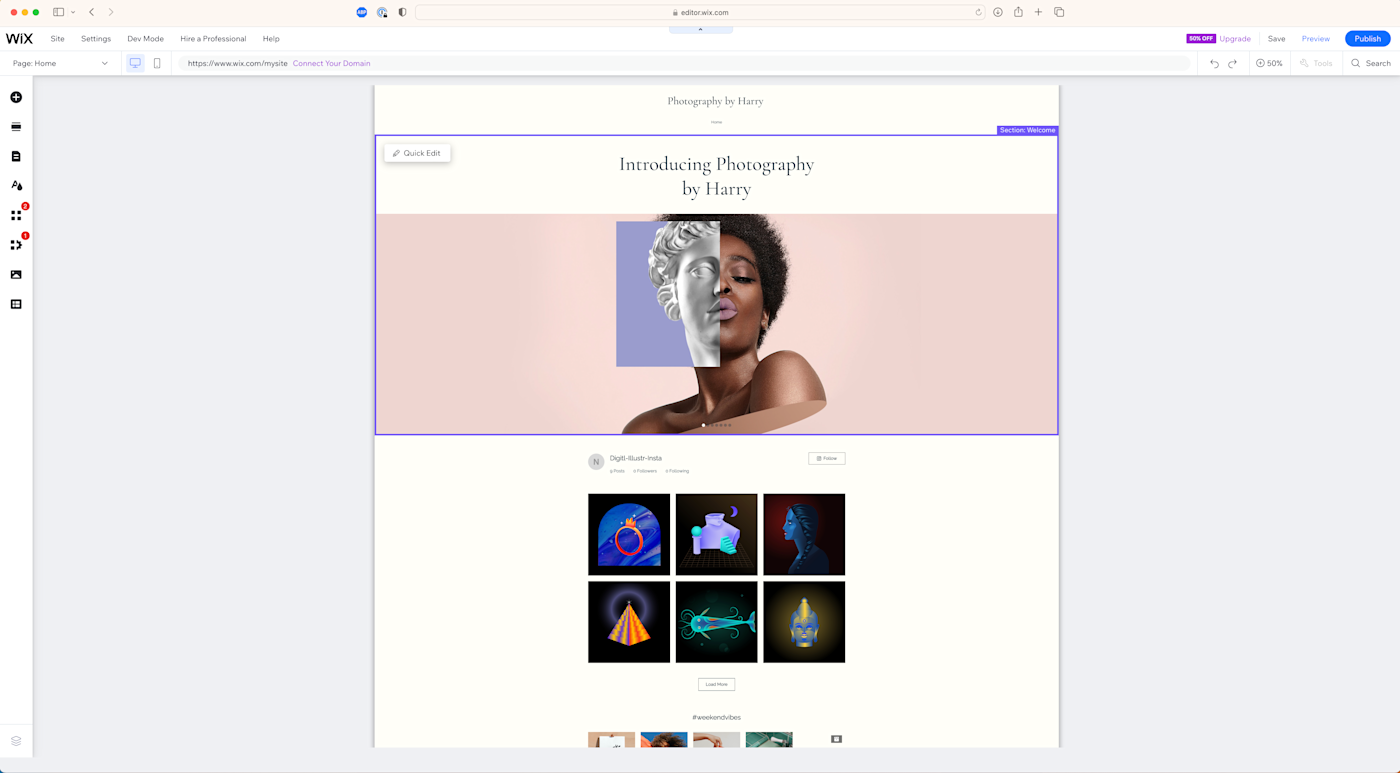


![ClickUp vs. Asana: Which is better? [2024]](https://australianonlinepokerleague.com/wp-content/uploads/2024/04/Group_9908.jpg)
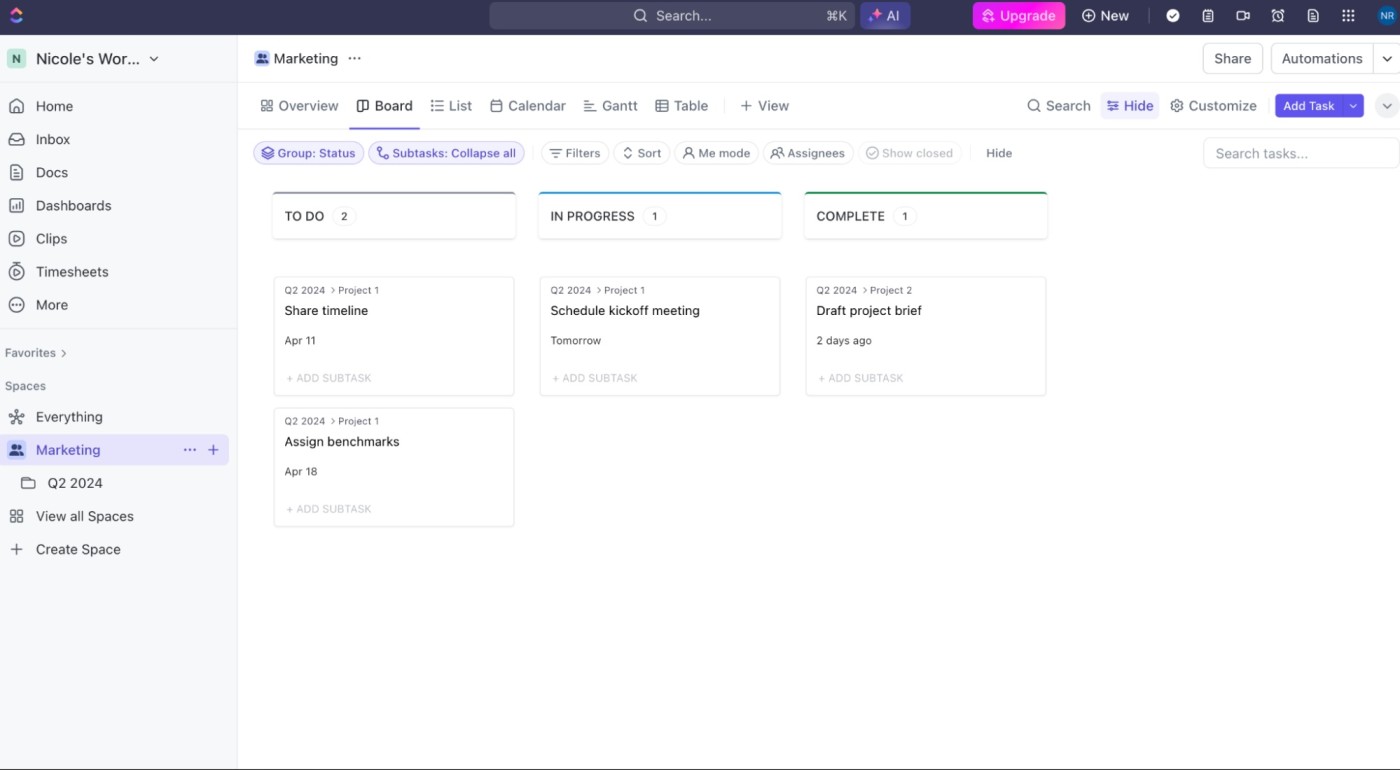
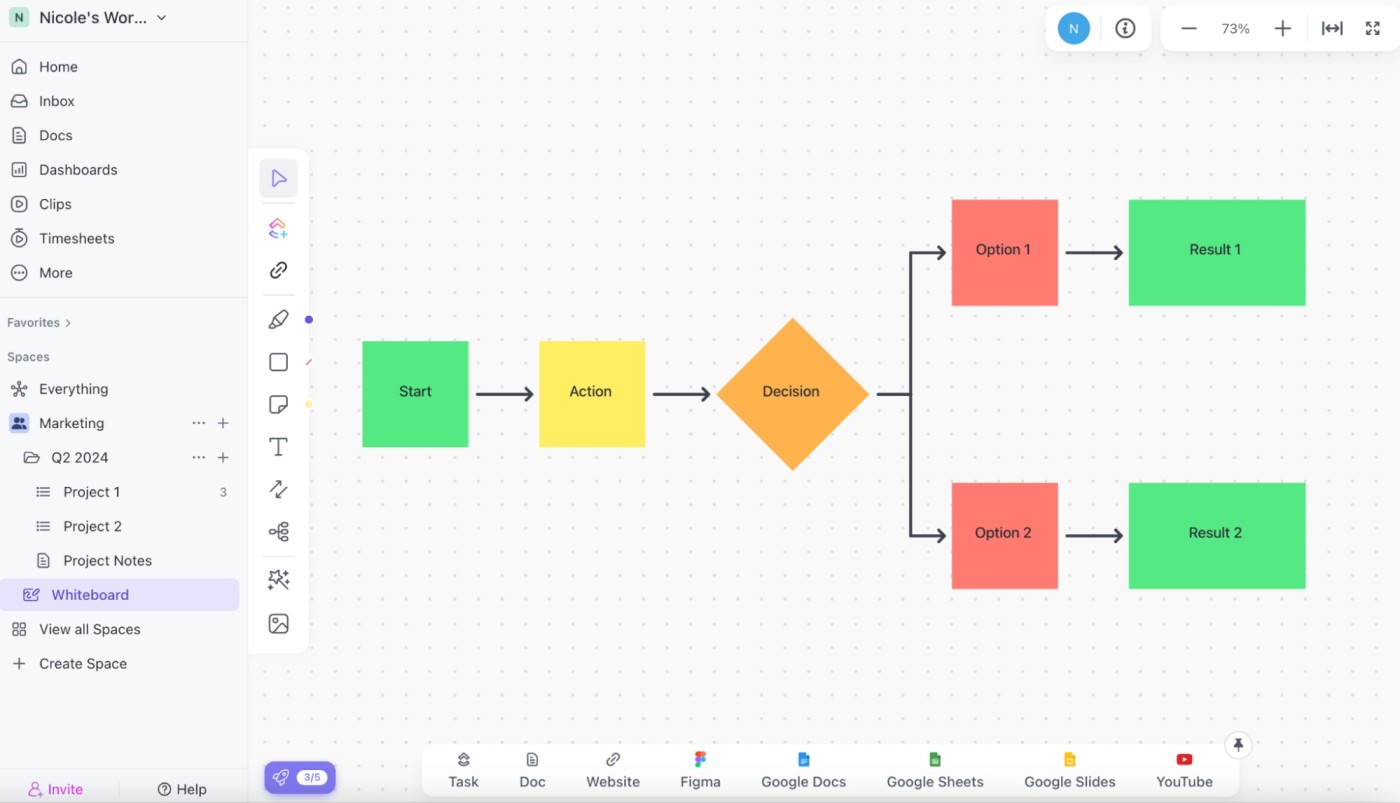
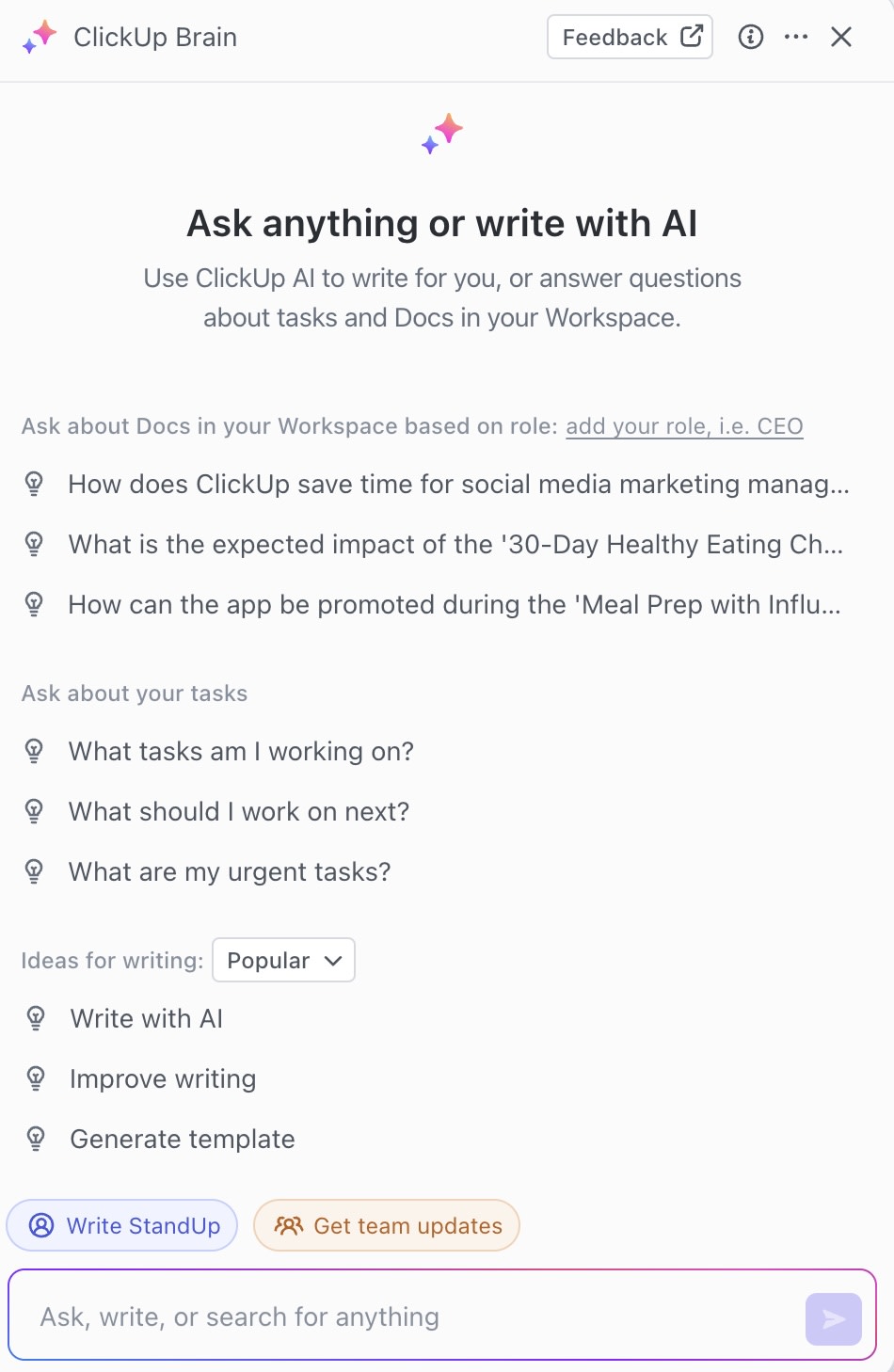
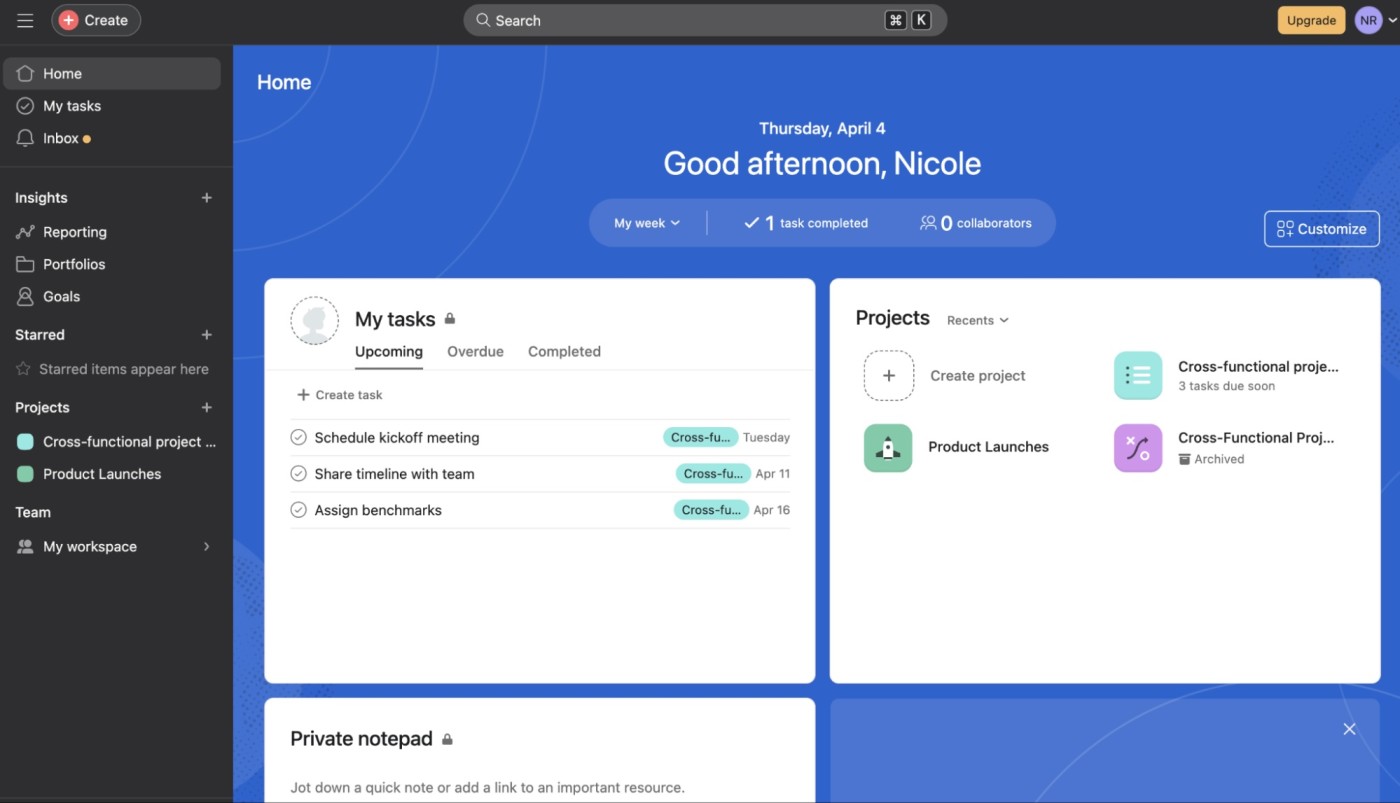
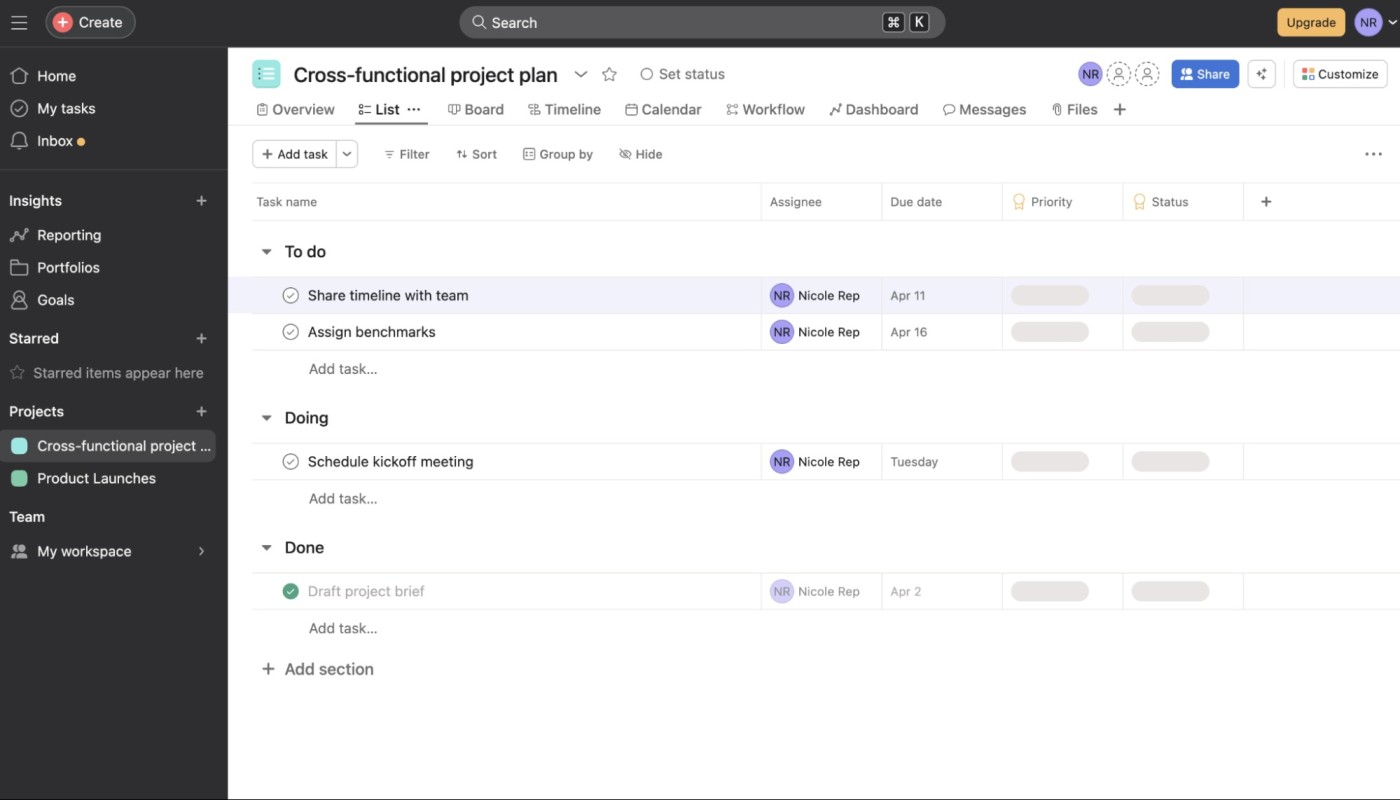
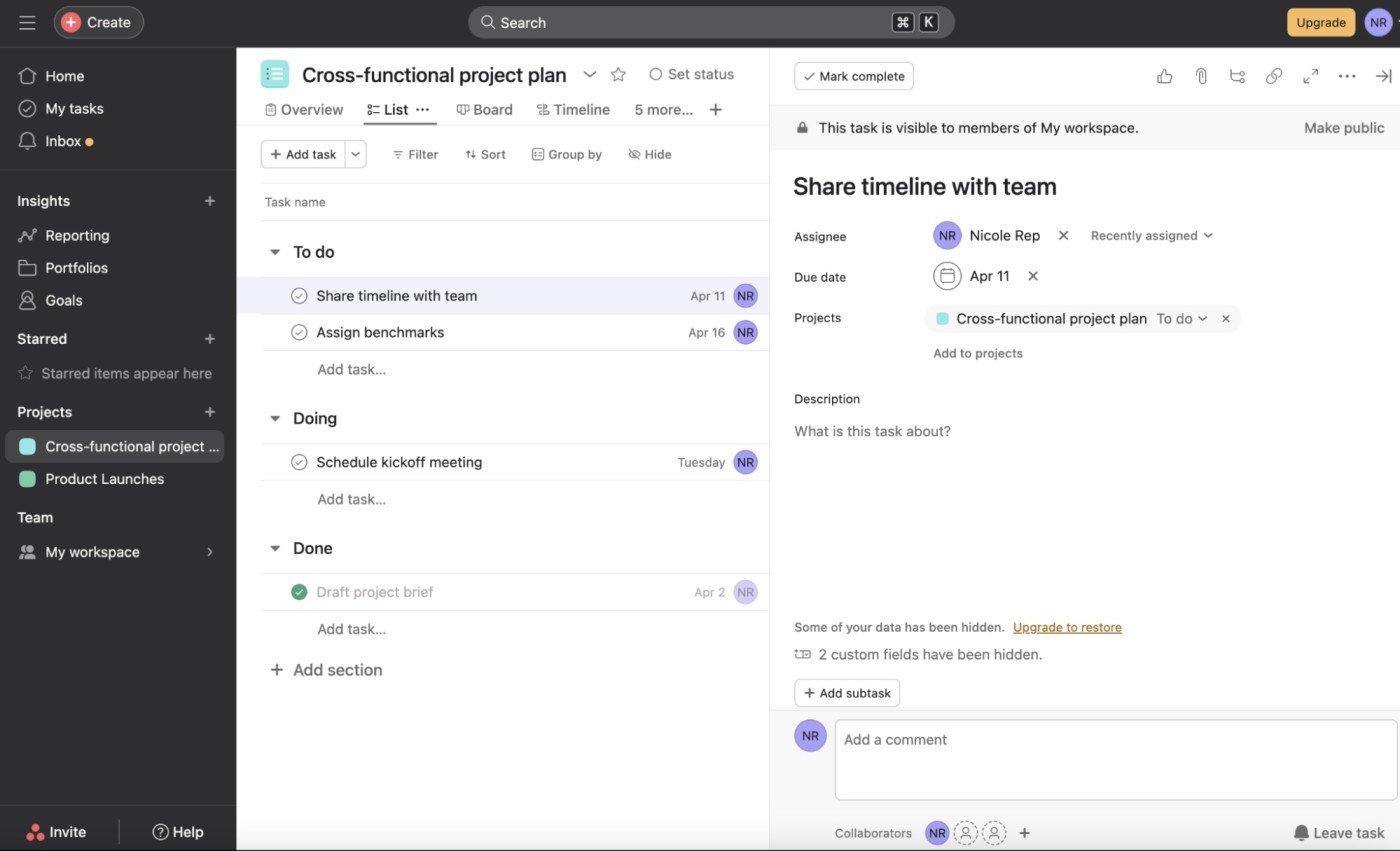
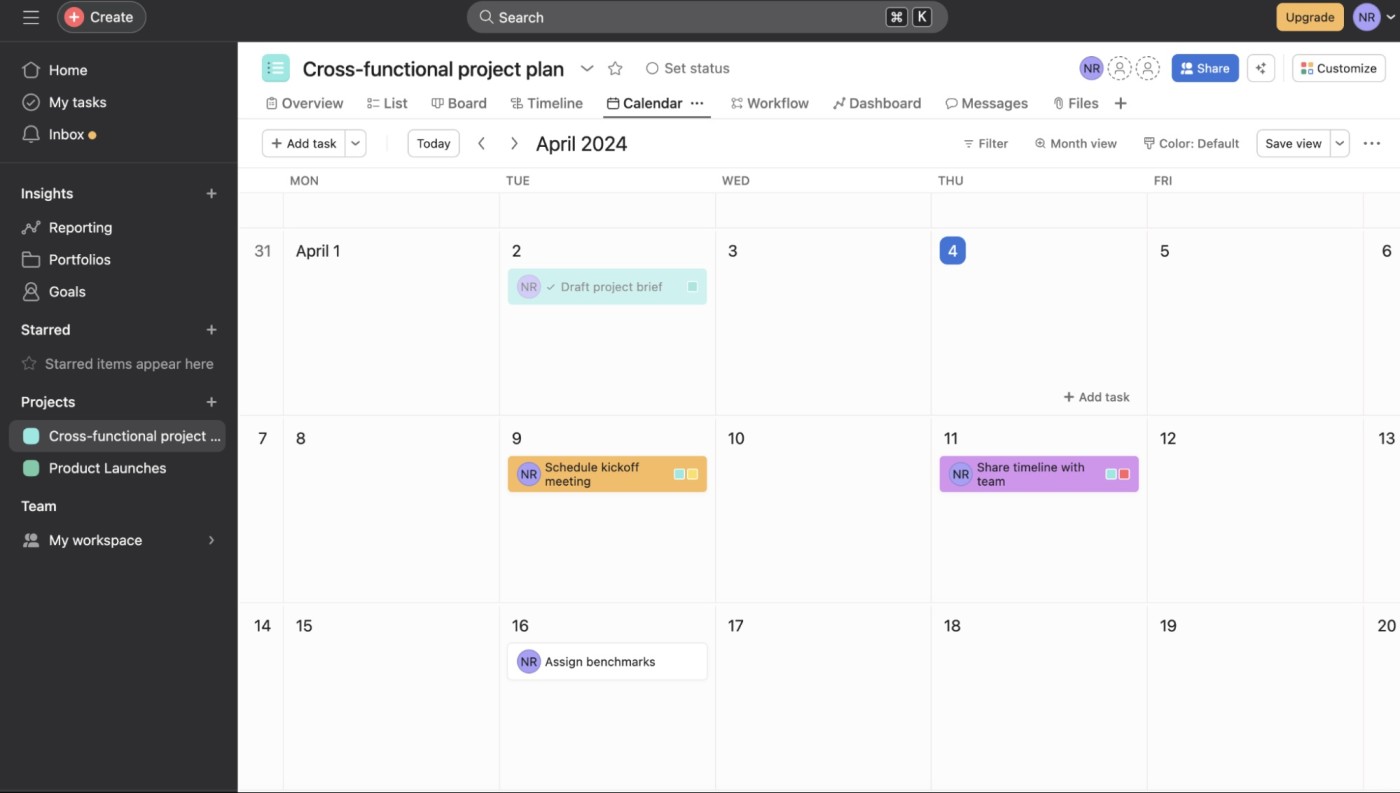
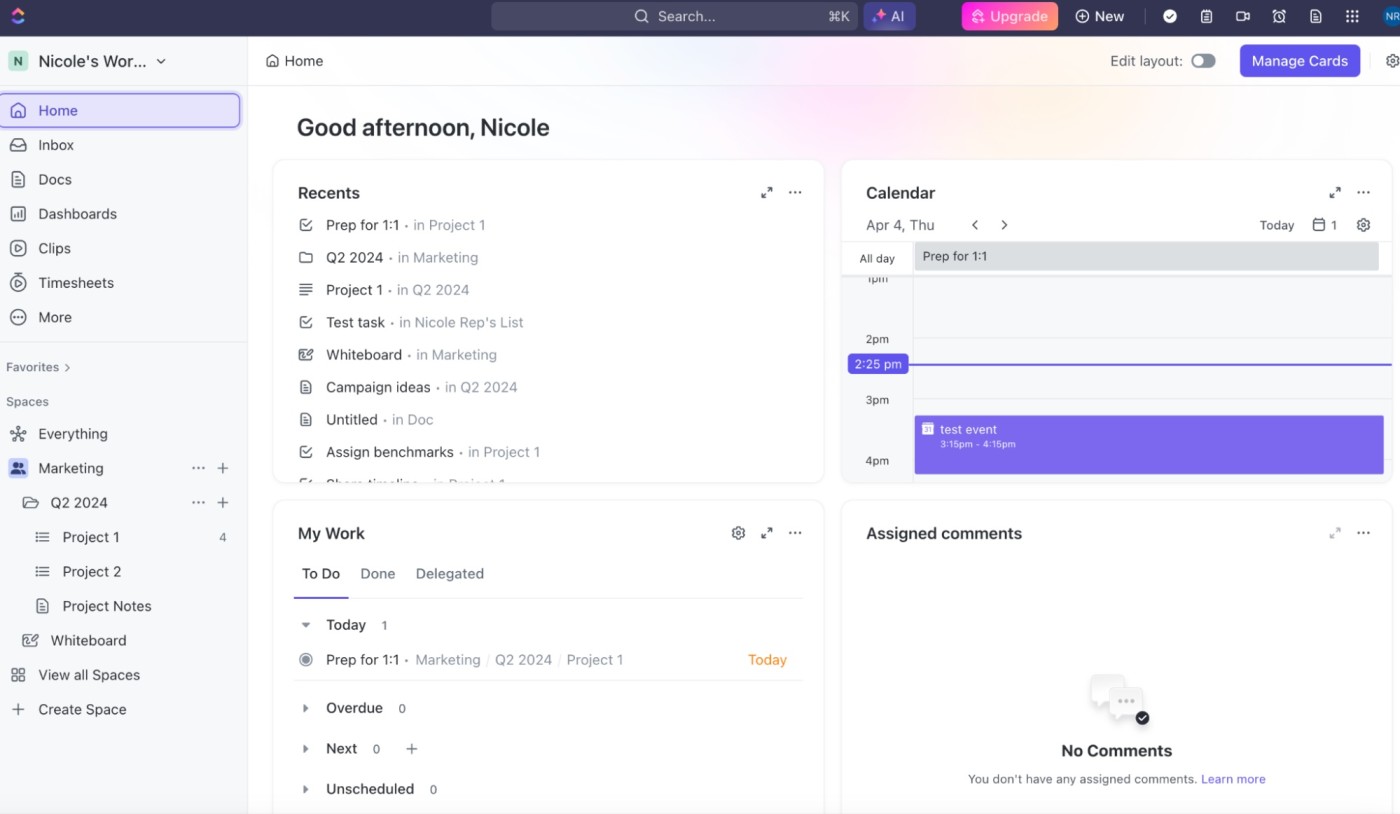

 Never play poker in a bad mood
Never play poker in a bad mood